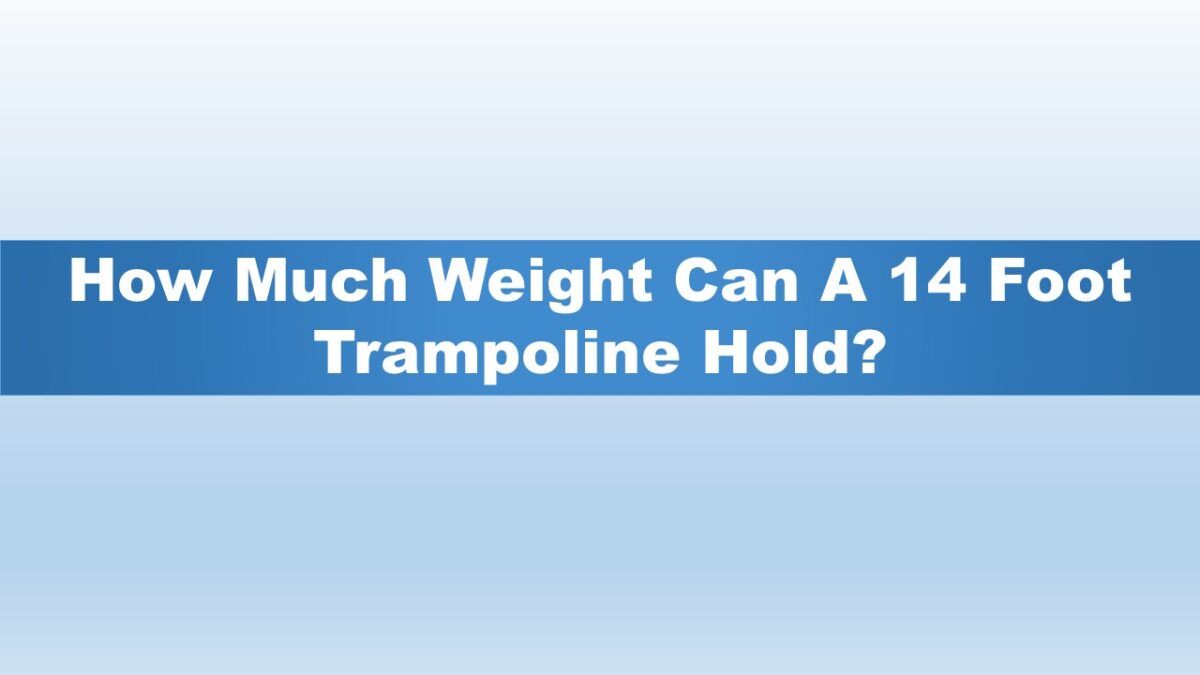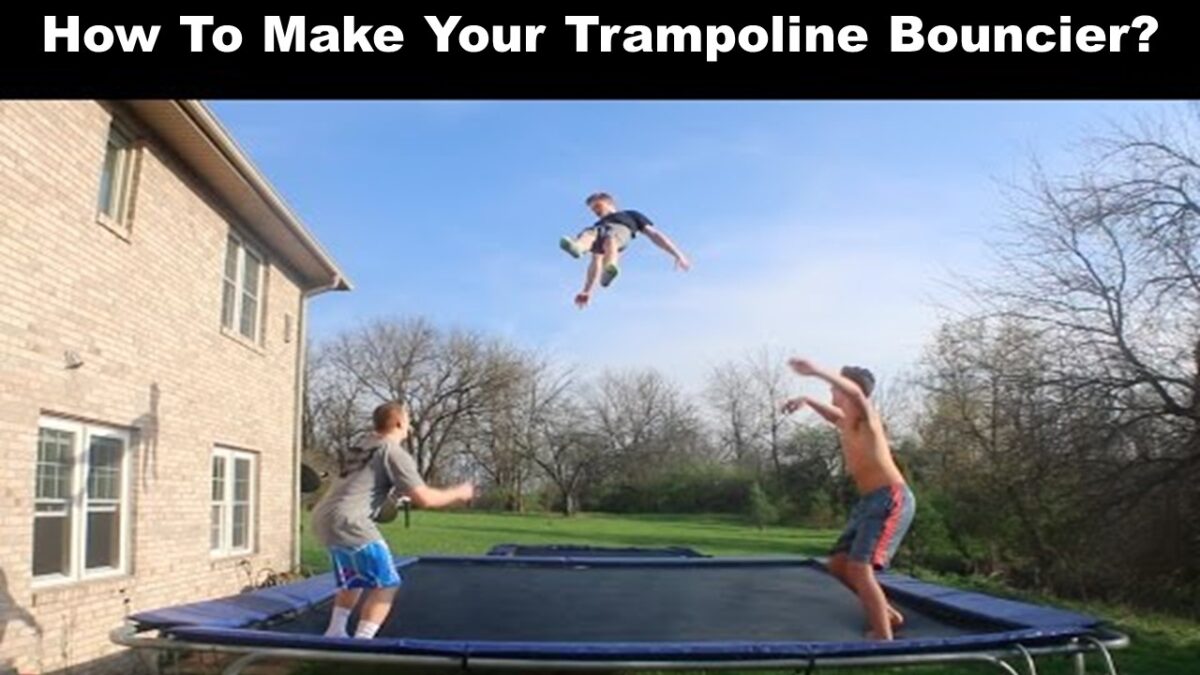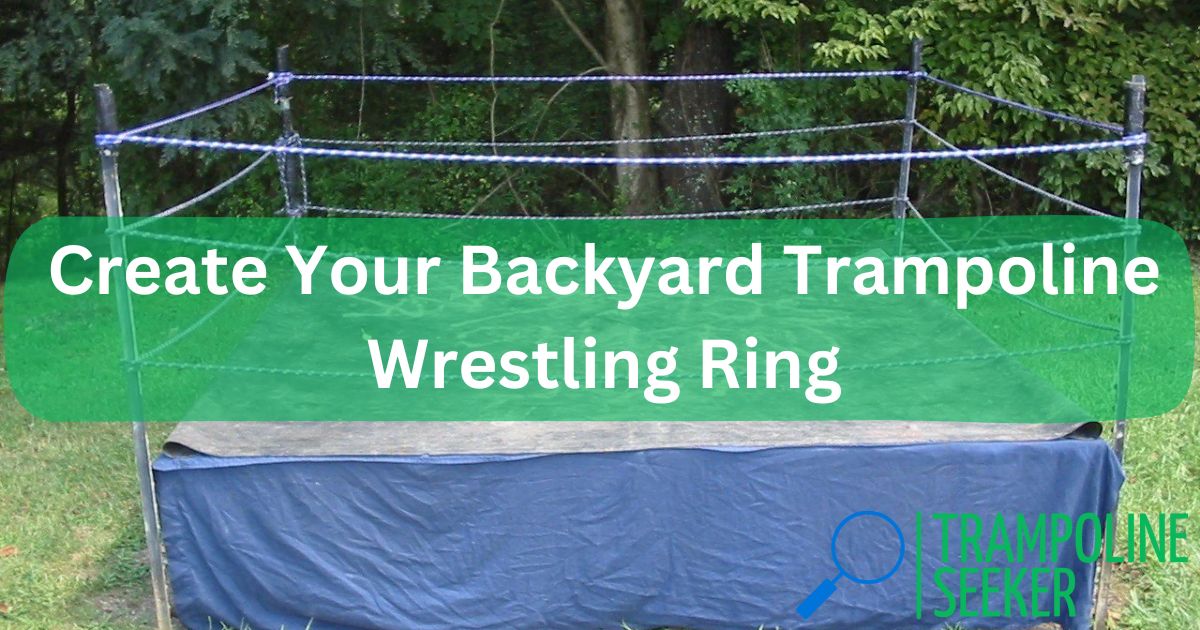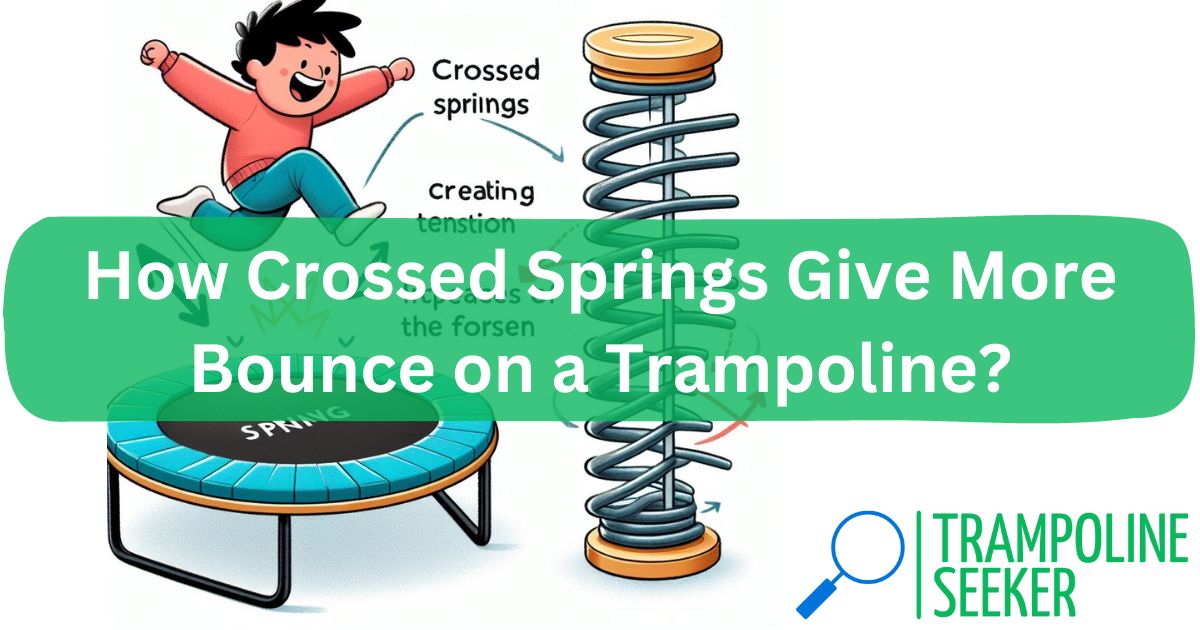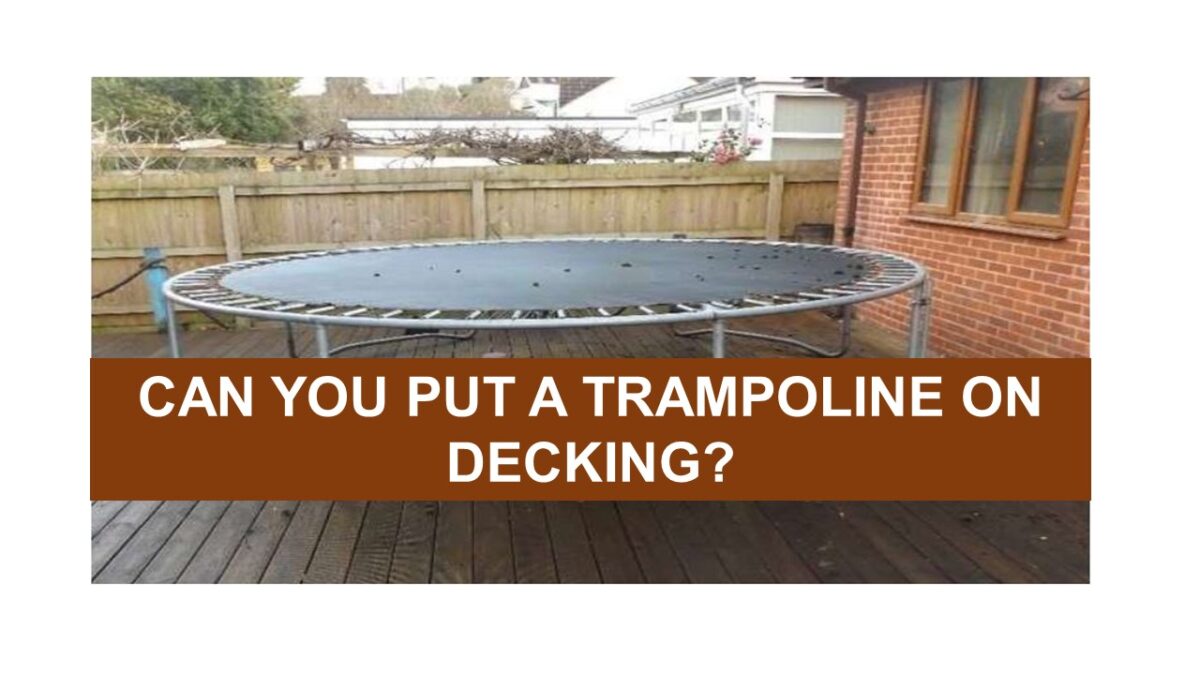When it comes to trampolines, one of the most frequently asked questions is how much wind can a trampoline withstand. The strength of the storm is one of the most important factors to consider before you buy a trampoline.
In general, the speed of the wind depends heavily on the region and varies from place to place depending on the weather conditions. In general, if the wind speed is less than 40 mph, it is considered that the trampolines may not blow away. In this article, let’s discuss how much wind can a trampoline withstand, and how high it can go.
How Much Wind Can a Trampoline Withstand?
In the case of trampolines, it is frequently asked which amount of wind they can handle. When purchasing a trampoline, it is important to take into account how strong a storm is likely to be.
A hurricane may not be able to cause severe damage to a trampoline, but heavy winds can cause a lot of damage. The best way to prevent this from happening is to tie straps around your legs and tie them in a knot.
A trampoline’s wind resistance is also one of the most important factors to consider when choosing one. With the help of a good anchor kit, you will be able to handle high winds with ease.
The cheaper versions might not be as sturdy as more expensive versions, but they will still be able to hold down a trampoline during high winds or storms. If you anchor your trampoline, a 60 kg anchor kit will be a safe bet, but be aware of low-quality anchors.
If you want to raise the wind threshold of your trampoline, you can use a Wind Anchor Kit. If there is a lot of wind, outdoor furniture may move around, so keep your trampoline under a cover if there is a lot of wind.
To minimize the risks associated with trampolines, it is also recommended that you park your trampoline outside. The trampoline will be protected from damage if you do this. When a jumper has a high wind rating, it can also be a sign that it is safe for children to jump on.
A strong gust of 40mph can lift a trampoline even though trampolines have a high wind threshold. Make sure to place your trampoline near a natural barrier, such as a tall tree or a tall fence, if you want to prevent this from happening.
If you want to secure your trampoline from blowing away, read our article on how to secure a trampoline in the wind also. Even though sandbags will not prevent your trampoline from moving, they are still a better option than wooden fences in terms of safety.
The wind threshold on a trampoline should be higher than that recommended by the manufacturer. If a trampoline is designed to withstand a high-speed gust of 40mph, then it should also be able to withstand winds of up to 40mph.
In terms of safety, the trampoline cannot be protected from flying objects by using this method, although it is worth considering. Your trampoline should be designed with wind limits above the maximum to avoid severe damage from strong wind gusts.
Trampolines can handle wind speeds of up to forty mph. However, it won’t be able to withstand 60 mph of wind. Taking down the trampoline before a storm is significant if you regularly live in an area with high winds.
If you want to prevent your trampoline from blowing away permanently, you can anchor it. When you have a large yard, you might think a corkscrew system might be the easiest way to secure it to the ground.
Trampolines can be extremely dangerous in high winds. Even the slightest breeze can cause it to lift, and a 50-mph wind can cause a trampoline to become airborne.
The trampoline frame should be anchored, and sandbags should be attached to prevent this. Sandbags or anchors can be used if you don’t have an anchor. Place the trampoline in a protected area if you don’t want to use sandbags and anchors.
The best place for your trampoline is in a sheltered area of your yard if you live in a region that experiences strong winds. A protected area is then the best place to place the trampoline. You can also tie down your trampoline in a protected area, so it does not get damaged by the wind.
When in doubt, installing a Wind Anchor Kit is always a good idea. Alternatively, if your yard is not strong enough, you can install sandbags to protect it.
A trampoline should also be secured using stakes and placed in a protected area to ensure that it is secure. For those who live in an area where there are strong winds, it is recommended that they use heavy-duty wind stakes.
With the help of these stakes, you can protect your trampoline from high winds that may damage it. Also, it is important to consider the type of weather in your area when deciding. Strong winds can be dangerous in high-wind areas.
Articles You May Like to Read:


